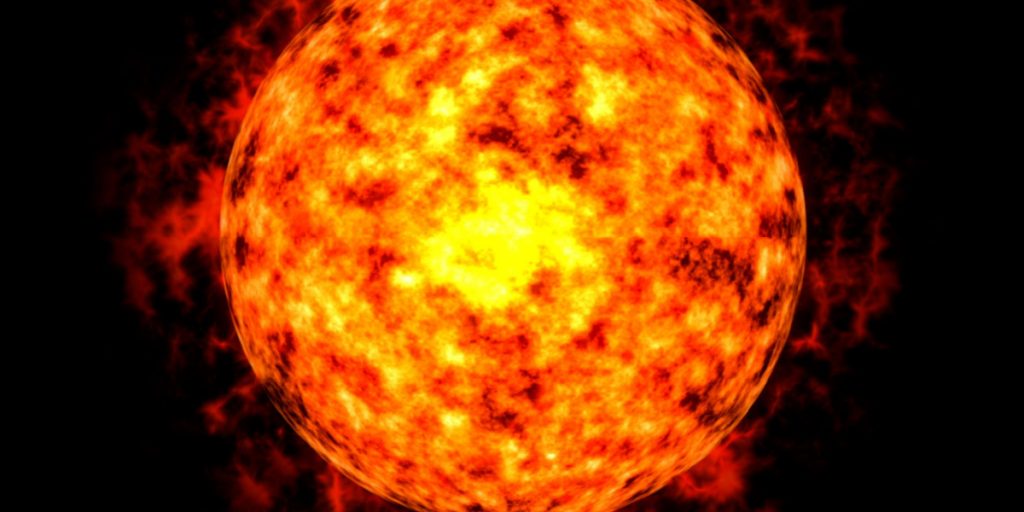Solar maximum will arrive sooner.
Others are reading now
In a significant update to solar cycle predictions, experts at NOAA’s Space Weather Prediction Center (SWPC) have announced that the sun is expected to reach the peak of its current activity cycle, known as the solar maximum, in 2024.
According to Space.com, this new forecast, which predicts the peak to occur between January and October 2024, comes one year earlier than previous estimates and suggests a stronger and longer phase of solar activity.
Solar cycles, approximately 11-year periods of fluctuating solar activity, are driven by the sun’s magnetic field. The intensity and frequency of sunspots on the sun’s surface are key indicators of these cycles. The upcoming peak, Solar Cycle 25, is now anticipated to be more pronounced than initially thought, based on advanced statistical models and historical sunspot records.
Also read
Mark Miesch, a solar scientist, emphasized the significance of this update, stating, “We expect that our new experimental forecast will be much more accurate than the 2019 panel prediction and, unlike previous solar cycle predictions, it will be continuously updated on a monthly basis as new sunspot observations become available.”
This revised prediction holds particular interest for eclipse enthusiasts, as the total solar eclipse on April 8, 2024, will coincide with this heightened solar activity. During the eclipse’s totality, observers will have the unique opportunity to witness the sun’s corona and potentially observe solar prominences, which appear as bright pink spots at the sun’s edges.
The accuracy of solar activity predictions is crucial for several reasons. Geomagnetic storms, caused by coronal mass ejections, can disrupt electrical grids, GPS signals, and satellite operations, and pose radiation risks to airline workers and astronauts. Advanced warnings allow for protective measures to safeguard equipment and personnel.
Earth’s magnetic field, or magnetosphere, serves as a natural shield against solar radiation. However, during intense solar events, which are more common during solar maximum, this shield can be overwhelmed, leading to radio and power blackouts and potential dangers to astronauts and satellites. A notable example of such an event occurred in 1989 when a solar flare-induced CME caused a 12-hour electrical blackout in Quebec, Canada.
On the brighter side, these solar activities also give rise to the spectacular auroras, known as the northern and southern lights, caused by energetic particles colliding with Earth’s atmospheric gases.
As we approach Solar Cycle 25’s peak, the importance of accurate solar forecasts becomes ever more apparent, not just for mitigating potential technological disruptions but also for those eager to witness nature’s most magnificent light shows.


